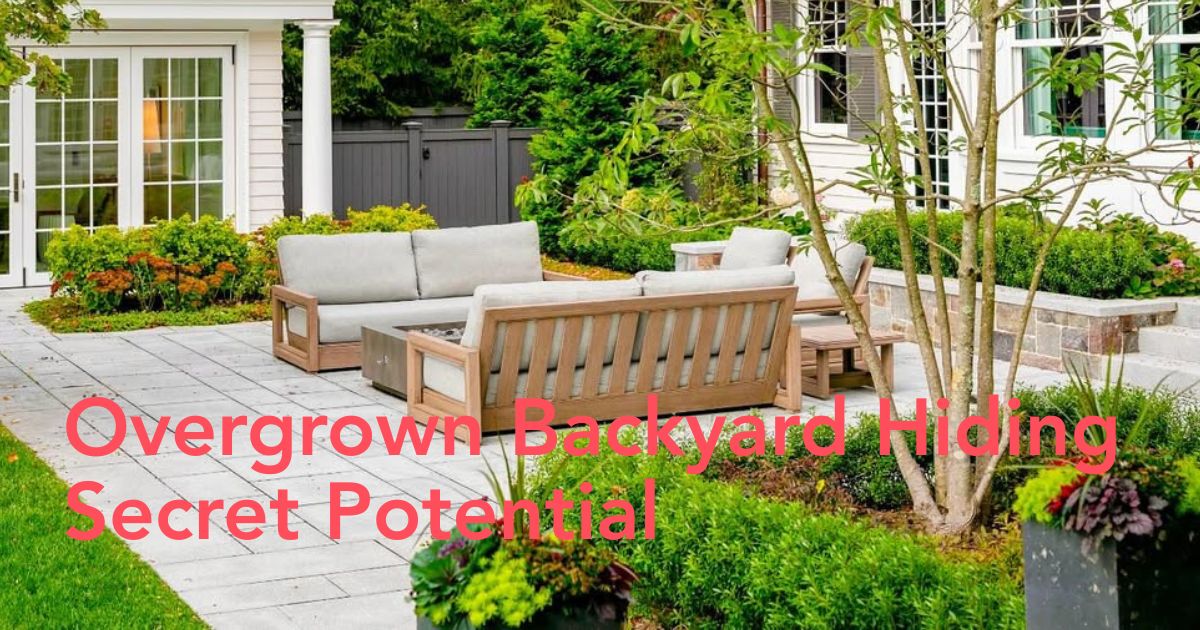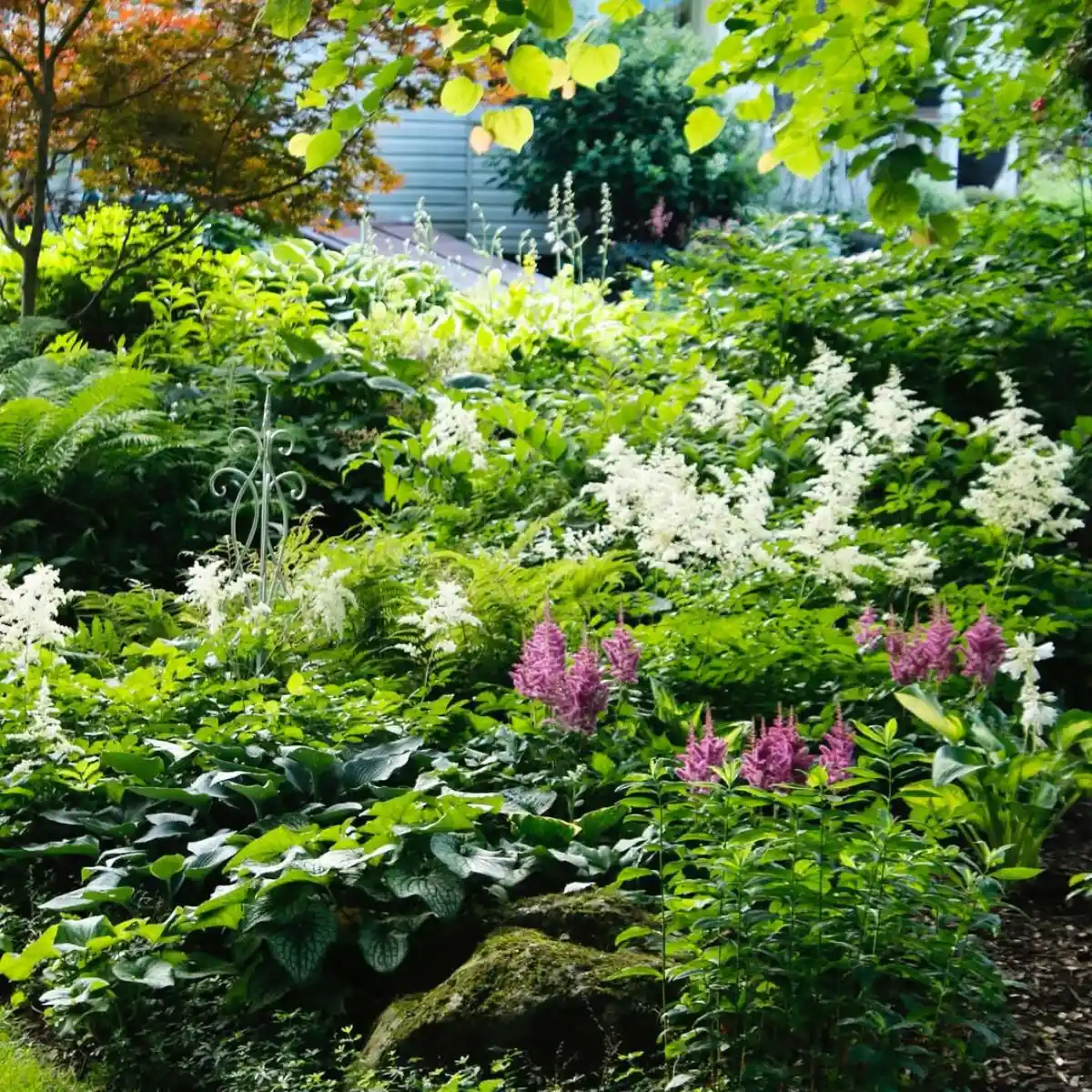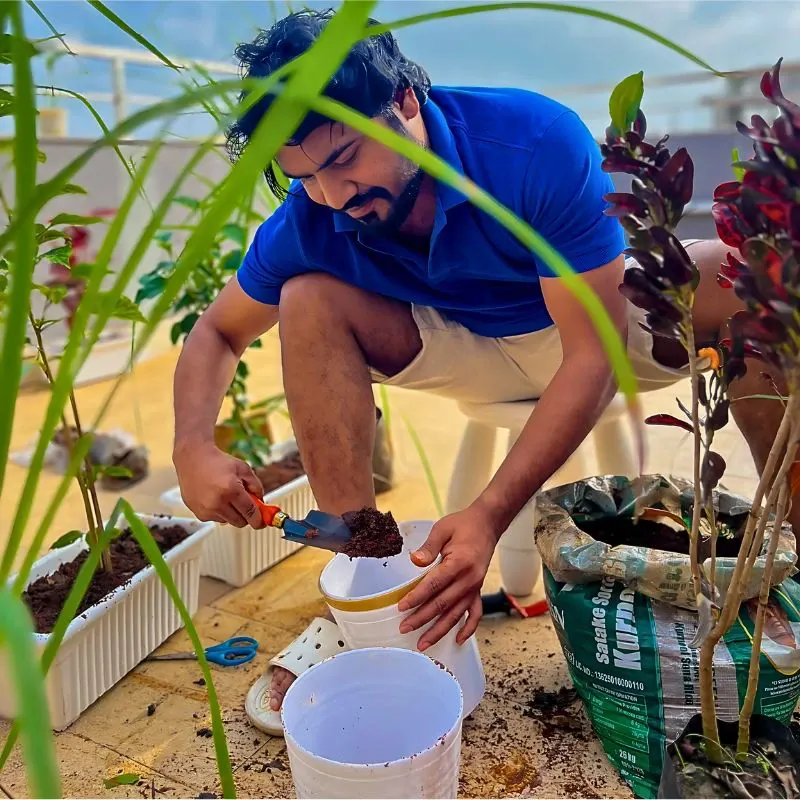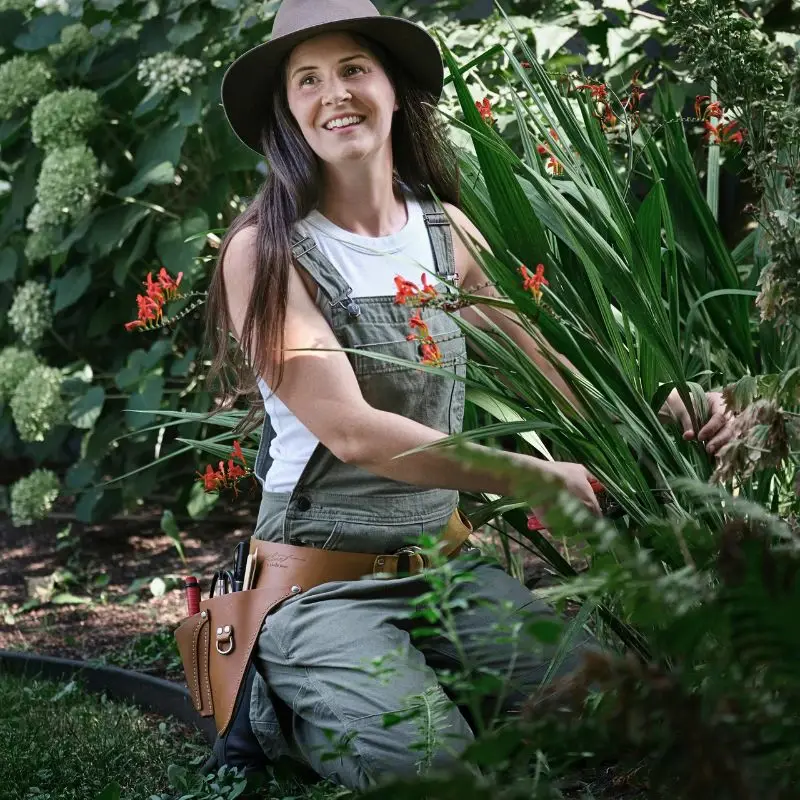How I Found My Dream Home by Following Secret Garden Clues (And Why Most House Hunters Miss the Best Properties)
A couple of years ago, I was house hunting in a competitive market where properties sold within days of listing. After months of losing bidding wars on decent homes, I was getting desperate. That's when I stumbled upon a listing on Realmo that had been sitting on the market for three weeks – an eternity in that market.
The photos showed a modest 1960s ranch house with dated interior finishes and what appeared to be an overgrown backyard. Most buyers took one look at the tangled mess of vegetation visible through the kitchen window and moved on to cleaner, more obviously appealing properties. But something about the "mess" caught my attention. Here you can read more about The World's Most Vibrant Gardens, According to Science
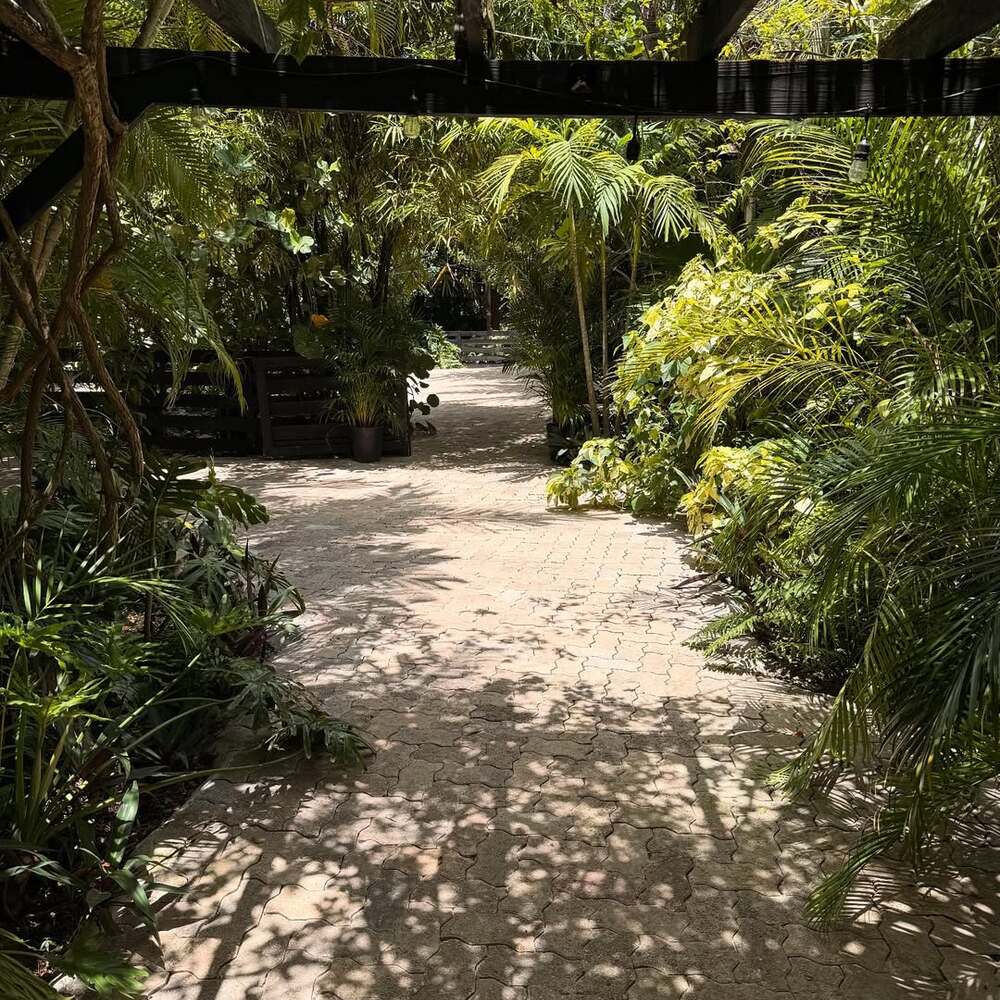
Hidden among the overgrowth, I spotted the edge of what looked like a stone pathway. In one corner of a photo, I could make out what appeared to be an ornate iron gate, almost completely obscured by vines. The listing mentioned a "large backyard" but provided no details about landscaping or garden features. When researching similar properties, I also came across several parking lots that had surprisingly appealing layouts and hidden potential.
When I visited the property, I pushed through the overgrown entrance and discovered something extraordinary: a professionally designed English cottage garden that had been lovingly created over decades but neglected for the past few years. Hand-laid stone pathways wound through established perennial beds. Mature specimen trees provided perfect canopy coverage. A hidden water feature gurgled quietly in a secluded corner.
The bones of this garden were phenomenal - the kind of mature landscaping that would cost $100,000+ to install and decades to establish. But because it looked messy and overwhelming in photos, other buyers had written it off entirely. I bought the house for $40,000 under the asking price, spent $8,000 on garden restoration, and immediately increased the property value by at least $400,000 while creating my own private paradise.
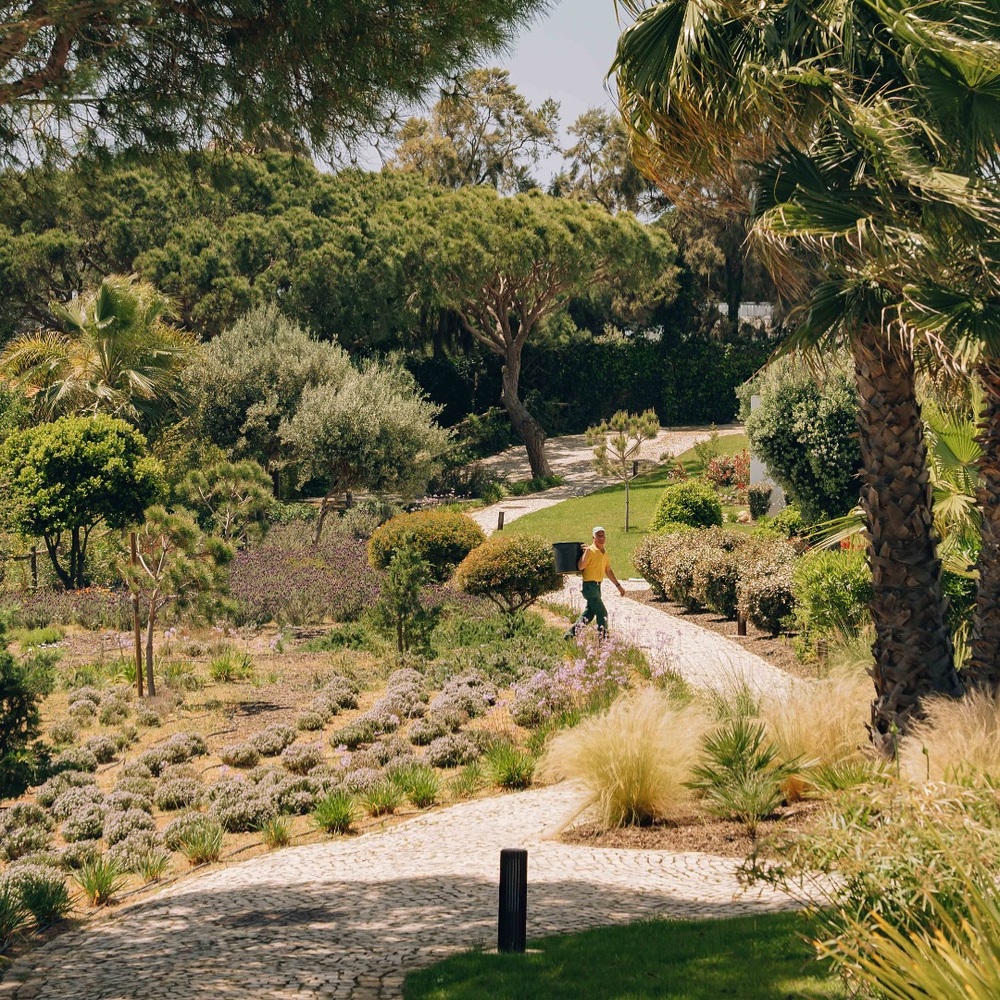
Why Garden Quality Is the Most Undervalued Home Feature
In twenty years of real estate experience, I've watched buyers make the same mistake repeatedly: they focus on interior finishes that can be changed relatively easily while overlooking garden features that take decades to develop and add enormous value to daily living.
A mature tree that provides perfect shade for a patio represents 20-30 years of growth that you can't buy at any price. Established perennial beds with good soil structure and proper plant spacing are the result of years of careful planning and maintenance. Professional hardscaping - stone walls, pathways, and water features - often costs more than kitchen renovations but lasts much longer and requires less maintenance.
Yet buyers consistently get excited about granite countertops that cost $5,000 to replace while ignoring $50,000 worth of mature landscaping because it doesn't photograph well or appears to need work. This misalignment between perceived and actual value creates opportunities for savvy buyers who understand garden potential.
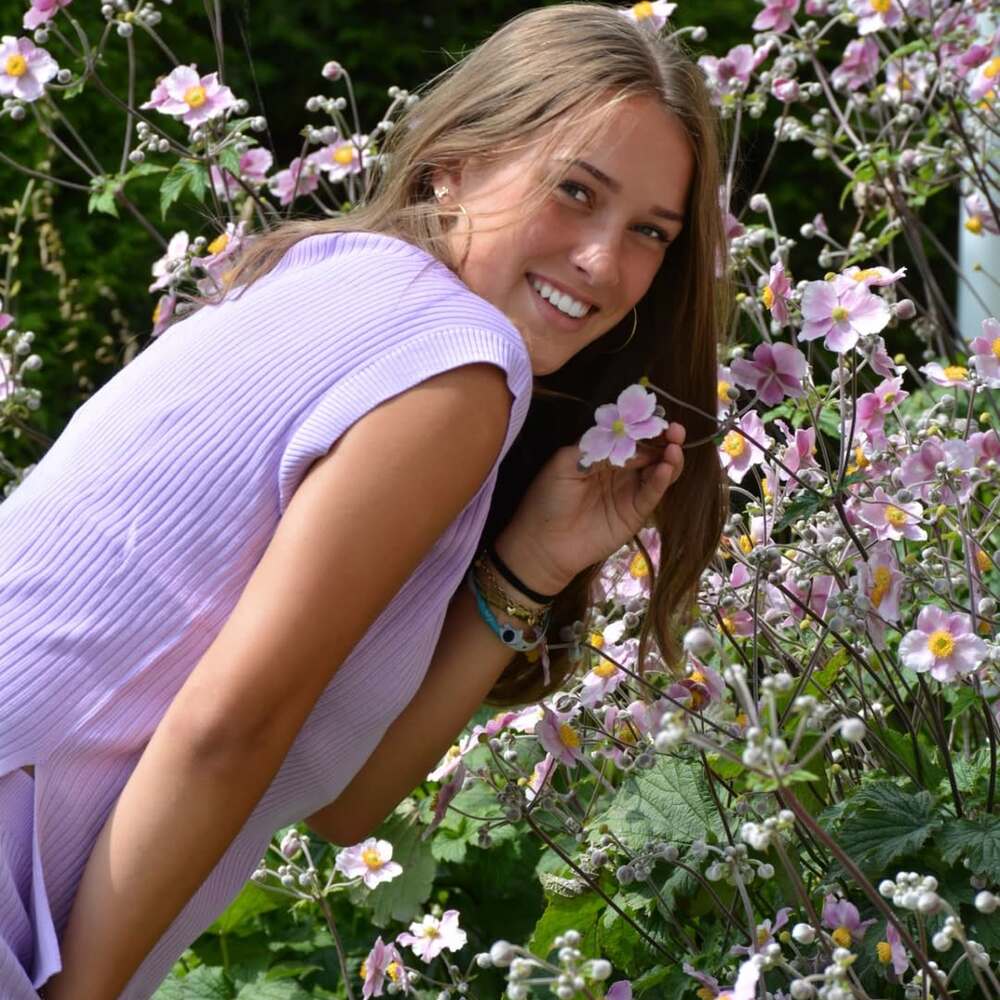
Reading Gardens Like a Professional
Learning to evaluate garden potential requires understanding both horticultural principles and design elements that create lasting value. Most buyers see plants and assume maintenance burden, but experienced garden enthusiasts see mature specimens and established ecosystems that represent decades of investment.
Mature trees are the most valuable garden feature because they're impossible to replicate quickly. A 40-year-old oak tree that provides canopy coverage for half a backyard represents irreplaceable value - not just for shade and beauty, but for energy savings, privacy, and wildlife habitat. I always check tree health, species selection, and placement before evaluating any other garden features.
Look for trees that are appropriately sized for their location, healthy and well-maintained, and positioned to provide functional benefits like privacy screening or shade for outdoor living areas. Avoid properties where large trees are too close to the house foundation or power lines, which indicates poor planning and potential future problems.
Established garden structure reveals professional design even when overgrown or neglected. Look for evidence of proper grading and drainage, which prevents water problems that plague many gardens. Well-designed pathways create natural flow and indicate someone understood how the space would be used. Mature hedges and established borders show long-term planning rather than random plant placement.
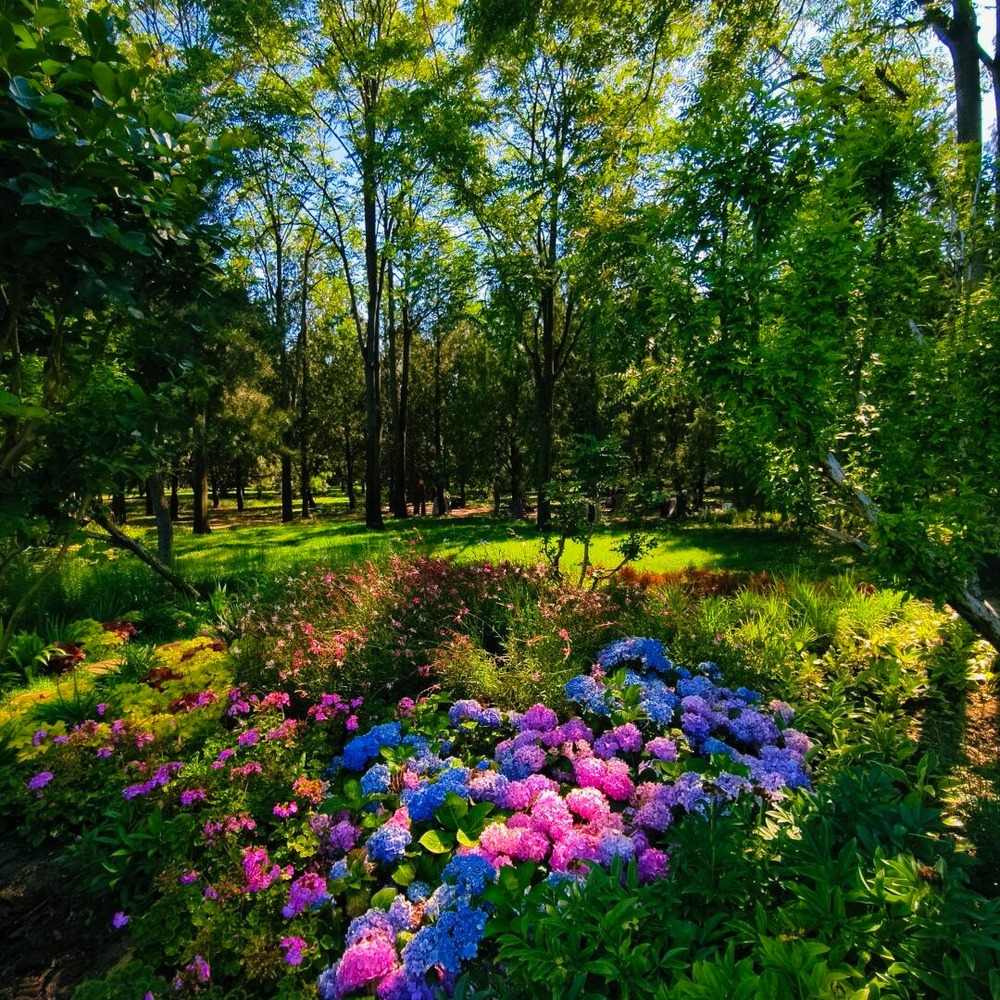
The Hidden Clues That Reveal Garden Potential
Some of the best garden properties I've found looked terrible in listing photos because real estate photographers don't understand how to capture garden features effectively. Learning to spot positive indicators that other buyers miss has led to some of my best discoveries.
Infrastructure elements are often more valuable than the plants themselves. Look for evidence of irrigation systems, even if they're not currently functional. Established electrical service to garden areas suggests previous owners invested in outdoor lighting and water features. Stone or brick retaining walls represent a significant investment and usually indicate a serious gardening commitment.
Unusual plant varieties often indicate passionate gardeners who invested significantly in their collections. If you spot uncommon trees, heritage roses, or rare perennials, that suggests the garden was created by someone with extensive knowledge and significant financial investment. Even if maintenance has lapsed, these valuable specimens can often be restored.
Garden structures and hardscaping are expensive to install and impossible to replicate quickly. A well-built stone patio, custom arbor, or professional greenhouse adds substantial value that's often overlooked by buyers focused on interior features. These elements also indicate the previous owners' commitment to outdoor living and garden development.

Strategic Search Techniques for Garden Properties
Finding properties with garden potential requires different search strategies than typical house hunting. Most garden features aren't captured in standard listing descriptions or highlighted by agents who don't understand their value.
Keyword searching on real estate platforms can uncover garden-focused properties. Terms like "mature landscaping," "established gardens," "outdoor entertaining," "private backyard," and "gardener's paradise" often indicate properties where gardens were priorities for previous owners. I also search for "handyman special" or "needs TLC" properties where garden neglect might disguise underlying quality.
Neighborhood targeting helps identify areas where garden culture is strong. Neighborhoods with garden clubs, annual garden tours, or homeowner associations that emphasize landscaping standards often contain multiple properties with excellent gardens. Residents in these areas tend to invest more in outdoor spaces and maintain higher standards.
Seasonal timing affects both the availability and pricing of garden properties. Many garden enthusiasts list their homes in late fall or winter when gardens look dormant, hoping to move before the next growing season requires major maintenance. These properties often sit longer on the market because gardens appear less appealing, creating opportunities for informed buyers.
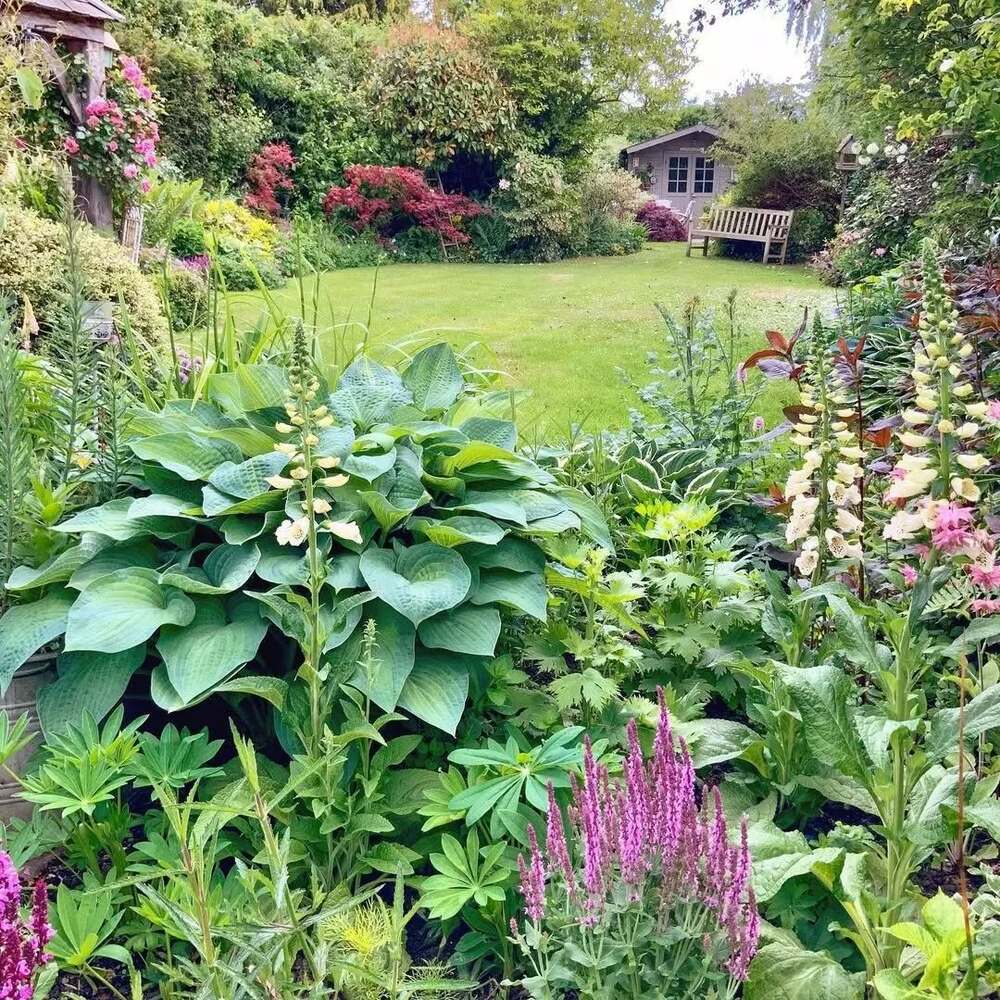
Evaluating Problems vs. Potential
The key to finding garden bargains is distinguishing between properties with good bones that need cosmetic work versus those with fundamental problems that require expensive solutions. This skill separates successful garden property buyers from those who end up with expensive disappointments.
Cosmetic problems like overgrown shrubs, weedy beds, and dormant lawns are usually easy and inexpensive to address. Most buyers are scared off by these surface issues, but they often mask excellent underlying garden structure. A property that looks messy but has good soil, mature trees, and solid hardscaping can usually be restored to beauty with relatively modest investment.
Structural problems like poor drainage, contaminated soil, or failing retaining walls require significant investment to correct. These issues affect plant health and safety, making gardens difficult to maintain and potentially dangerous. Before getting excited about garden potential, ensure the fundamental systems are sound or factor major repair costs into your purchase decision.
Plant health indicators help distinguish temporary neglect from serious ongoing problems. Brown or yellowing plants during the growing season might indicate pest problems, disease, or irrigation failures that could be expensive to address. However, dormant plants during appropriate seasons, or healthy plants that are simply overgrown, suggest good underlying conditions.
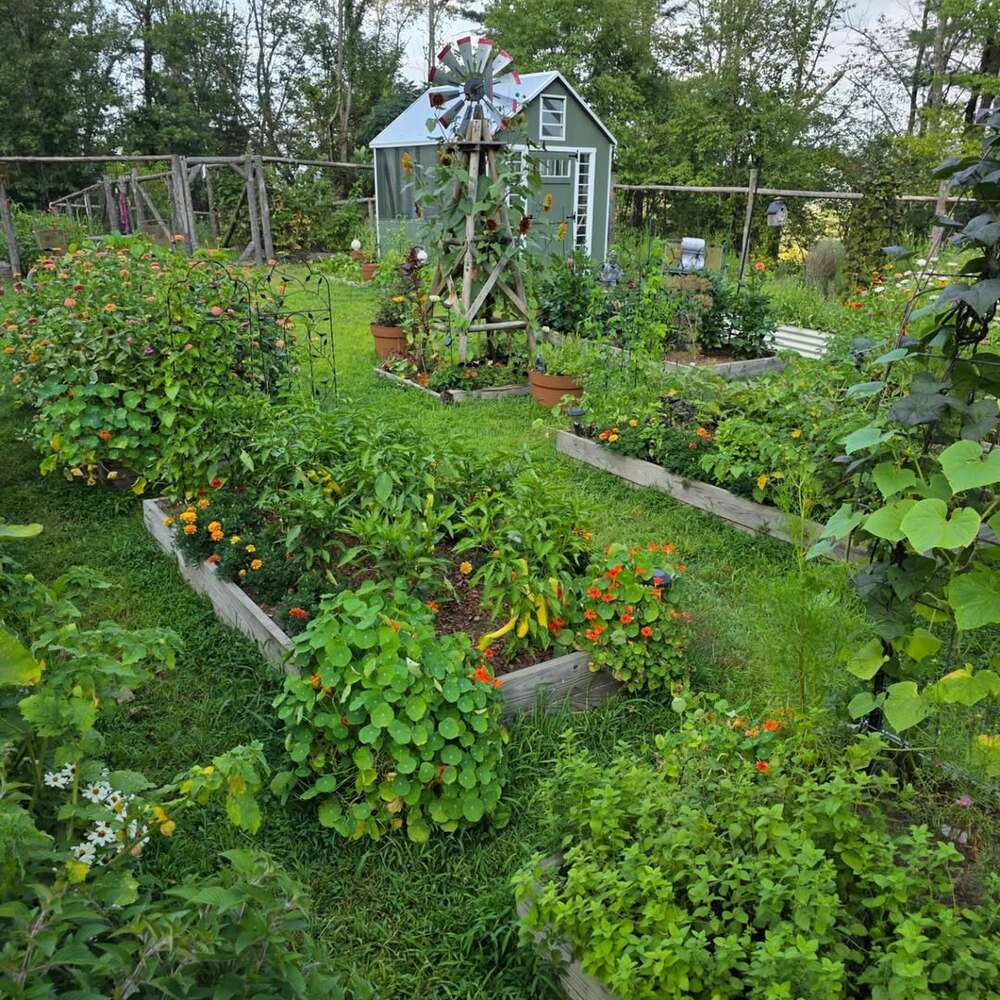
The Financial Reality of Garden Properties
Understanding the true costs and values associated with garden properties helps you make realistic offers and avoid expensive surprises after purchase. Gardens represent both assets and liabilities that affect property value and ongoing ownership costs.
Replacement cost analysis helps you understand what you're really buying. Mature landscape elements like large trees, established lawns, and professional hardscaping would cost tens of thousands of dollars to install and years to mature. Even neglected gardens with good bones often represent more value than starting from scratch with new construction.
Maintenance cost projections should factor into your purchase decision and ongoing budget planning. Professional landscape maintenance can range from $200-500 monthly for basic care to $2,000+ monthly for extensive properties with high-maintenance plantings. DIY maintenance reduces costs but requires significant time investment and gardening knowledge. Here you can read more about DIY Garden Projects to Enjoy Next Summer
Renovation potential can significantly affect property value, but it requires realistic cost estimation. Simple cleanup and restoration might cost a few thousand dollars and dramatically improve appearance and value. Major redesign projects can cost $50,000-100,000+ and may not add equivalent value unless executed professionally.
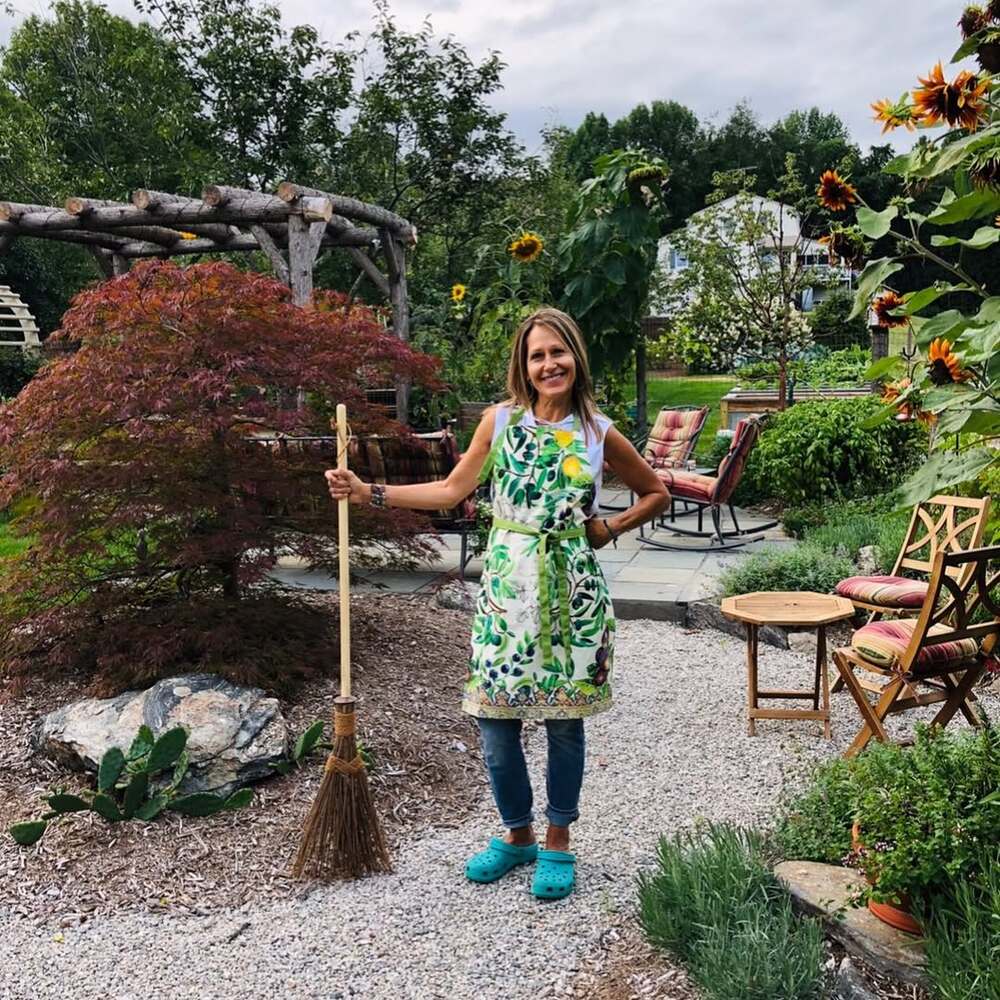
Making Strategic Offers on Garden Properties
Garden properties often present unique negotiation opportunities because many sellers don't understand their landscaping value, while buyers may be intimidated by maintenance perceptions. This information asymmetry can work in your favor with the right approach.
Timing advantages often favor garden property buyers. Properties listed during dormant seasons or after periods of neglect may sit longer on the market, creating seller motivation. Buyers shopping for primary residences often don't prioritize gardens until they've lived somewhere and experienced the lifestyle benefits.
Maintenance concerns can be leveraged in negotiations, especially if visible problems exist that appear worse than they actually are. Sellers may accept lower offers rather than invest in garden restoration before listing. However, ensure you've accurately assessed repair costs before using this strategy.
Unique value recognition helps you craft offers that appeal to garden-focused sellers. Demonstrating that you understand and appreciate their landscaping investment can differentiate your offer from others, even at similar price points. Sellers who've invested decades in garden development often care about finding buyers who will maintain their work.
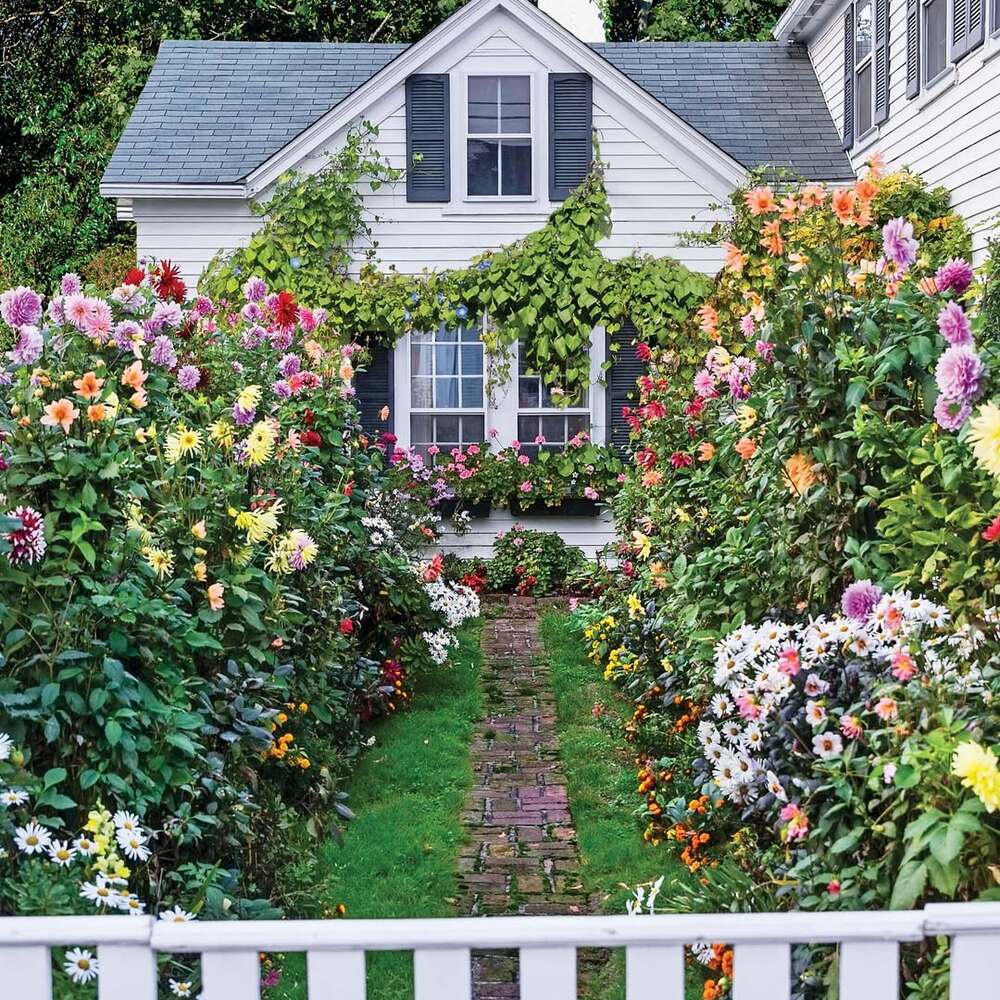
Common Mistakes That Cost Money and Happiness
After helping numerous clients buy garden properties, I've identified patterns in mistakes that lead to buyer's remorse, unexpected expenses, and missed opportunities.
Underestimating maintenance reality causes many buyers to become overwhelmed after purchase. Instagram-worthy gardens require consistent care, seasonal maintenance, and ongoing investment. Buyers who fall in love with garden beauty without understanding maintenance requirements often end up frustrated and financially stressed.
Overestimating DIY capabilities leads to declining garden conditions and reduced property values. Gardening requires knowledge, physical ability, and consistent time commitment that many buyers overestimate. Professional landscape maintenance, while expensive, often costs less than allowing gardens to deteriorate and require restoration.
Ignoring climate compatibility results in ongoing plant replacement costs and maintenance frustration. Gardens designed for different climate zones than your property location may require expensive irrigation, soil amendments, or plant replacement to remain viable.
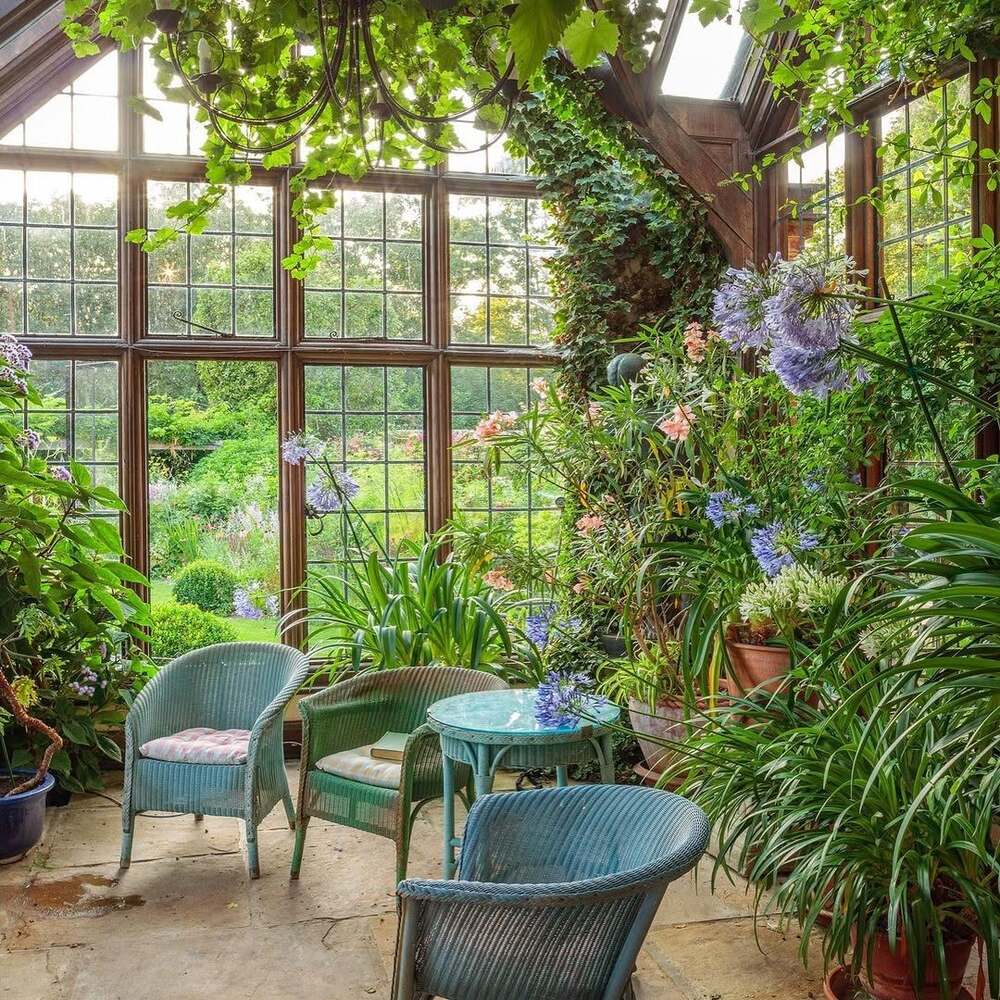
The Future of Garden Property Values
Understanding trends in garden appreciation and outdoor living helps inform long-term investment decisions about garden properties.
Lifestyle prioritization of outdoor spaces has accelerated significantly, particularly after pandemic experiences highlighted the value of private outdoor access. Properties with garden potential are increasingly valued by buyers who understand the lifestyle and health benefits of garden living.
Climate adaptation is becoming more important as weather patterns change and water conservation becomes necessary in many regions. Properties with established, climate-appropriate landscaping are likely to become more valuable as water restrictions and extreme weather events make garden establishment more challenging.
Urbanization pressure makes properties with significant outdoor space increasingly rare and valuable in metropolitan areas. Garden properties that would have been considered normal decades ago now represent luxury features in dense urban markets.
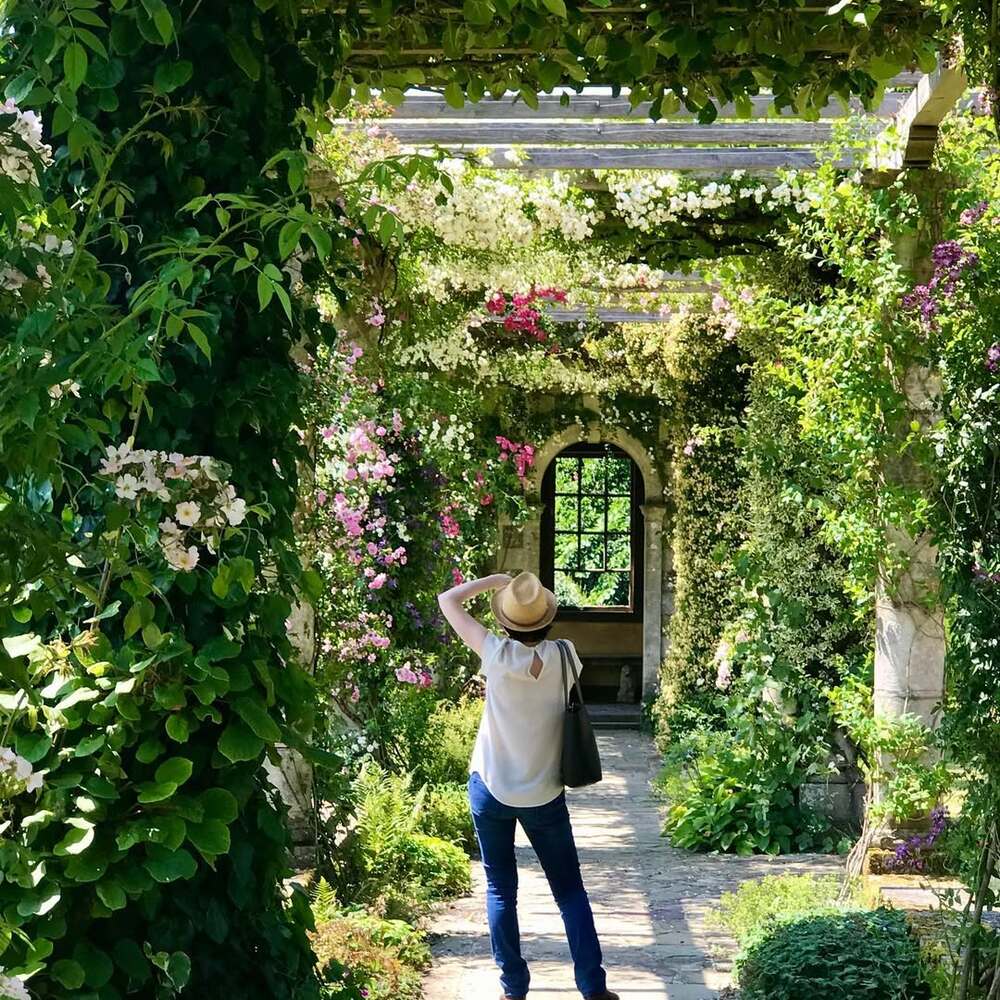
Finding Your Garden Paradise
The best garden properties often don't look like much in listing photos, but reveal their magic to buyers who know how to look beyond surface appearances. Understanding plant lifecycles, recognizing quality hardscaping, and evaluating soil conditions helps identify opportunities that other buyers miss.
Success requires patience, education, and a willingness to see potential where others see problems. The most rewarding garden property purchases involve properties where previous owners invested significantly in landscape development but current conditions don't reflect that investment due to temporary neglect or poor photography.
My own garden property experience taught me that the most valuable landscapes are often the least obvious ones. Properties with mature bones, established infrastructure, and quality plant selections can be restored to beauty relatively easily, while properties with impressive surface appearance but poor fundamental structure often become expensive maintenance burdens.

